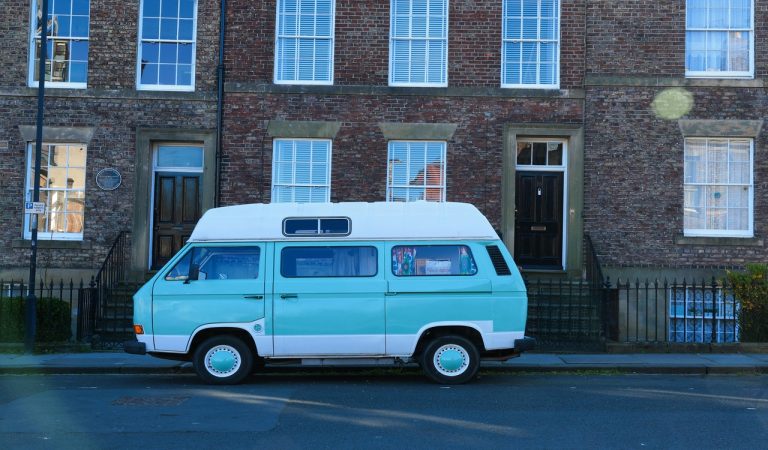How to Plan a Dream Vacation Without Breaking the Bank

Planning a dream vacation on a tight budget sounds impossible until you realize how much control you actually have over timing, research, and daily spending. Once you shift your focus from trying to do everything to building a trip around what you genuinely enjoy, the whole process gets easier. You start spotting deals you used to overlook and you learn how to stretch your money without feeling deprived. Here is how you can build a memorable trip that feels rich in experience rather than price.
1. Start With a Clear Purpose
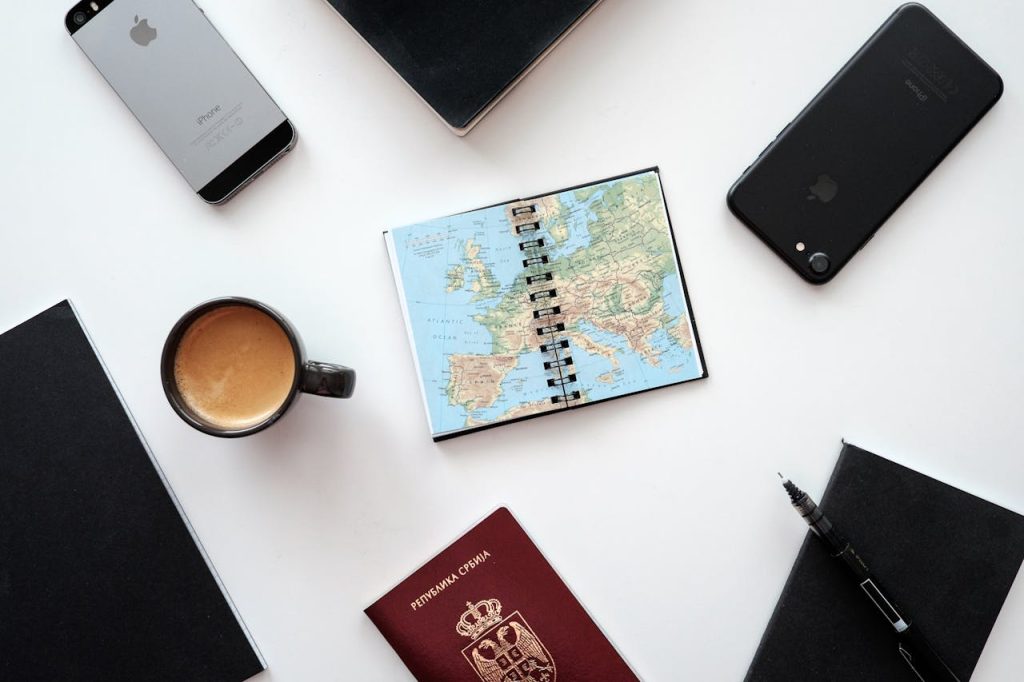
A dream trip becomes much cheaper when you stop trying to check every box and instead get honest about what you want most. Here is the thing. Once you choose your core goal, whether it is rest, adventure, culture, or food, the rest of the planning falls into place. When you keep your purpose in mind, you avoid adding pricey detours or upgrades that look tempting but do nothing for your actual experience. That clarity helps you narrow down destinations, trip length, and even the right season to go. You save money because your decisions stop drifting and every part of the plan serves a clear intention rather than impulse spending.
2. Travel During the Shoulder Seasons

Choosing the months between peak demand and off season is one of the easiest ways to enjoy the same trip for far less. These sweet spots usually offer pleasant weather, fewer crowds, and noticeably lower prices on flights and stays. You end up getting more value because your budget stretches further on everything from tours to meals. You also get to explore without feeling rushed or pushed through tourist zones. When you travel during these periods, you give yourself room to enjoy the highlights without paying the inflated peak season premiums that can double your daily costs. This simple shift often saves more than any coupon or promo code ever could.
3. Build a Flexible Flight Strategy
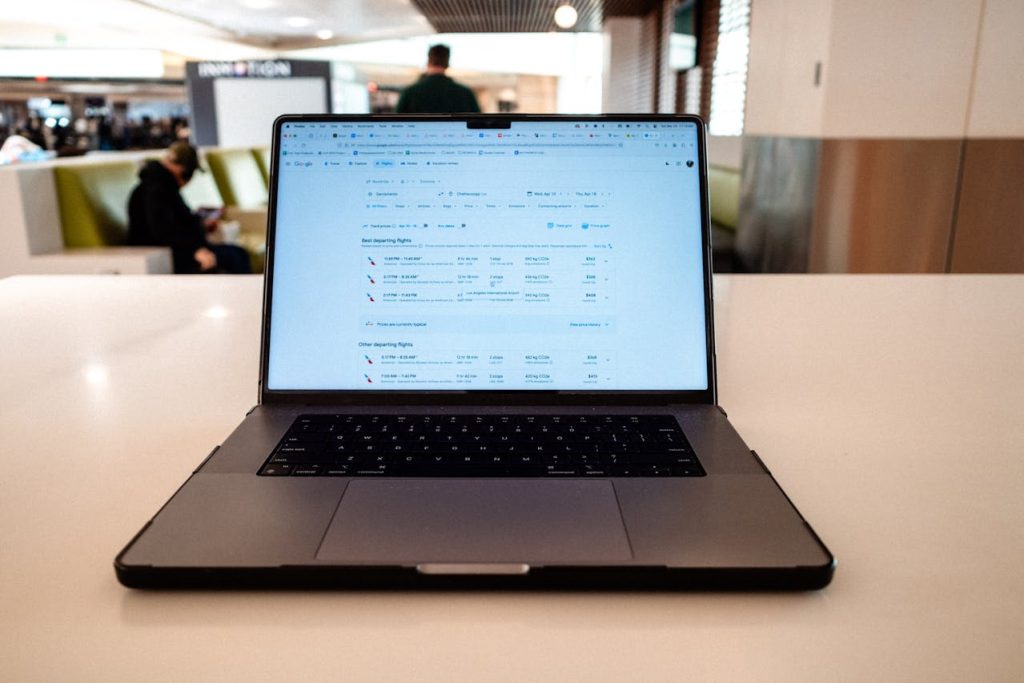
Airfare takes a big share of your budget, so flexibility becomes your strongest tool. When you keep your travel dates loose, widen your airport options, and watch fare alerts consistently, the price drops start working in your favor. The trick is to avoid locking into specific days until you understand the pattern of prices for that route. You can also try leaving midweek, where demand is usually lighter. Another smart move is to connect through cities with competitive airline traffic because those routes often have better deals. When you treat flights as a puzzle instead of a fixed purchase, you gain far more control over what you spend.
4. Choose Stays That Fit Your Style and Budget
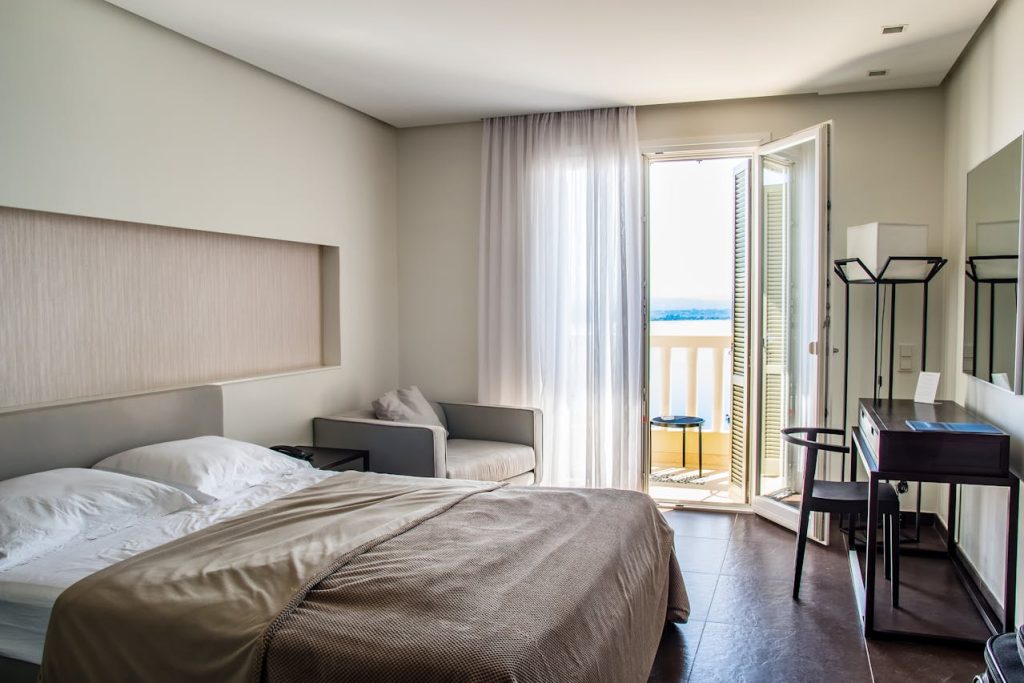
You do not need luxury hotels to feel comfortable, but you also do not need to suffer through bargain options that make your trip stressful. What really matters is matching your stay to your travel style. If you prefer quiet mornings, look for smaller guesthouses. If you like meeting people, try a hostel with private rooms. When you compare options carefully, you notice how amenities, locations, and cancellation terms can either save or drain your budget. The smartest approach is to choose a place that gives you what you need, nothing you do not, and keeps you close to the experiences you value.
5. Plan Your Daily Spending Before You Leave
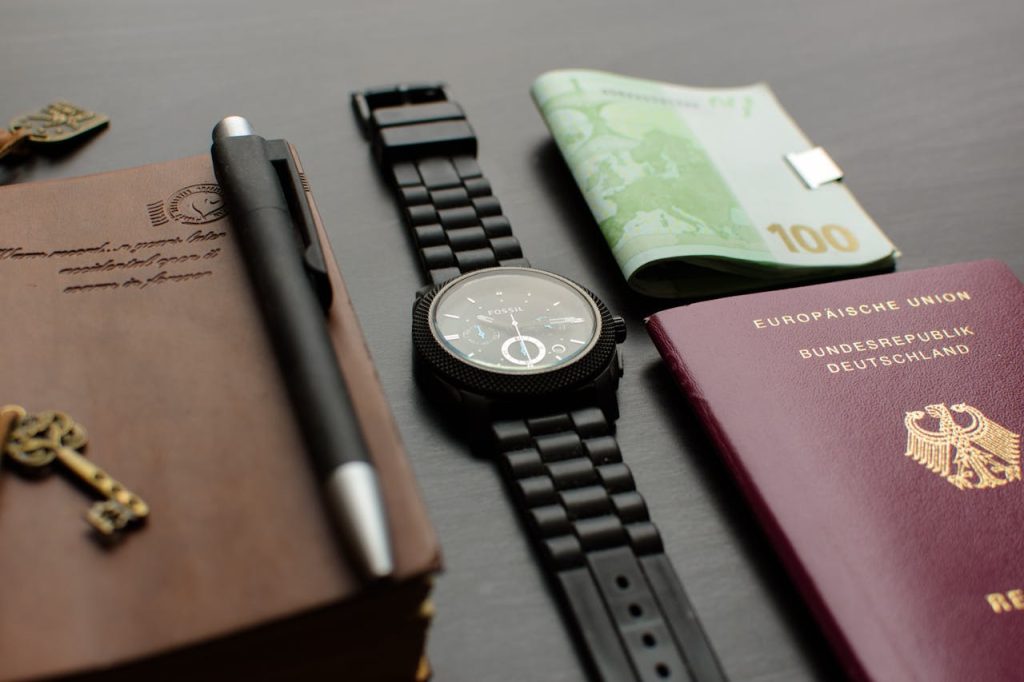
Your budget rarely breaks because of flights or hotels. It breaks because of daily decisions that add up fast. When you plan your meal choices, local transit, activities, and small extras ahead of time, you reduce surprise costs. You also learn which parts of the trip deserve more money and which ones are easy to simplify. It helps to look at average prices for the area so you can map out a daily spending range that feels realistic. Once you do this, you can enjoy every day without worrying about your wallet. That level of calm actually makes the trip feel more luxurious, even when you are spending less.
6. Prioritize Free and Low Cost Experiences

Some of the best travel moments do not cost anything. Parks, historic districts, self guided walks, waterfronts, and viewpoints are usually free and help you connect with a destination more deeply. When you mix these into your plan, you give yourself room to splurge on one or two meaningful experiences without blowing your budget. This approach lets your money support the things that genuinely matter. It also helps you slow down, notice details, and enjoy the feeling of exploring without rushing from one paid attraction to another. Once you learn this rhythm, you realize how fulfilling low cost travel can be.





